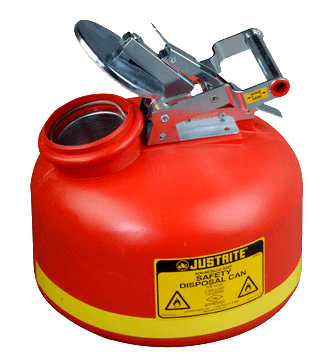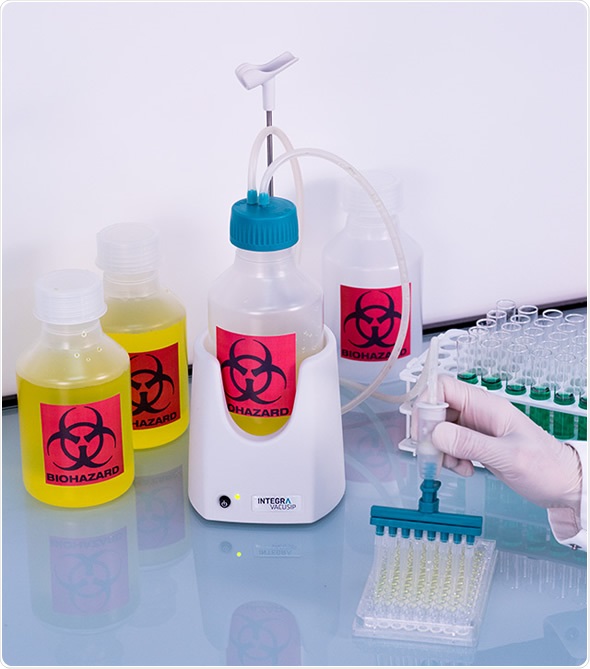Trustworthy Liquid Waste Disposal Melbourne: Safe and Efficient Solutions
Comprehending the Comprehensive Process of Fluid Waste Disposal: Best Practices and Environmental Impact Factors To Consider
The management of fluid waste disposal is a diverse issue that calls for a complete understanding of different ideal techniques and their associated environmental influences. From the types of liquid waste created to the approaches employed for collection, therapy, and final disposal, each action plays a vital role in securing communities and public health.
Kinds Of Fluid Waste
Understanding the numerous kinds of liquid waste is crucial for efficient monitoring and disposal practices. Liquid waste can be generally categorized into a number of kinds, each requiring one-of-a-kind handling and treatment strategies.
Industrial liquid waste commonly contains dangerous products, consisting of hefty metals, solvents, and chemicals, created throughout making procedures. These wastes necessitate strict regulative conformity to protect human health and the atmosphere. Domestic fluid waste mostly describes wastewater created from households, including sewage and greywater, which, although less hazardous, can still present substantial risks if incorrectly handled.
Agricultural fluid waste, including overflow from ranches, often includes fertilizers and pesticides that can result in environmental deterioration if not treated adequately. Medical liquid waste, generated from healthcare facilities, includes contaminated liquids such as physical liquids and chemicals, needing specialized disposal techniques to stop infection and ecological contamination.
Finally, oil and grease waste, usually produced by dining establishments and vehicle markets, can cause severe clogs in sewage system systems otherwise handled correctly. Understanding these categories facilitates targeted strategies for therapy, conformity with policies, and effective disposal approaches, eventually promoting environmental sustainability and public wellness security.

Collection Approaches
Efficient collection methods are crucial for the correct monitoring of fluid waste, guaranteeing that it is collected safely and successfully before therapy or disposal. Different techniques are used depending on the sort of fluid waste generated, the volume, and the details attributes of the waste.
One common approach is the use of committed collection containers or sumps, which are developed to record liquid waste at the resource. These systems frequently include pumps that help with the transfer of waste to bigger storage containers or treatment facilities. Furthermore, mobile collection units furnished with vacuum cleaner technology are utilized in scenarios where waste is generated periodically or in hard-to-reach areas.
For industrial settings, closed-loop systems can properly minimize spills and leakages, permitting for the recovery and reuse of fluid waste. It is also necessary to train workers on appropriate collection methods to reduce dangers linked with hazardous substances.
Moreover, applying normal maintenance schedules for collection devices makes sure optimum efficiency and safety. The integration of sophisticated tracking systems can improve collection performance by giving real-time data on waste levels and prospective dangers. On the whole, reliable collection approaches are fundamental to lasting fluid waste monitoring techniques.
Therapy Procedures
Therapy procedures play an essential duty in the monitoring of fluid waste, transforming potentially hazardous materials right into safe effluents or recyclable sources - liquid waste disposal. These processes can be broadly categorized right into physical, chemical, and organic techniques, each tailored to deal with particular contaminants present in the waste stream
Physical therapy approaches, such as sedimentation and visit homepage filtering, work by removing suspended solids and particle issue. These methods are commonly the initial step in the treatment chain, properly lowering the lots on succeeding processes. Chemical treatments entail using reagents to reduce the effects of dangerous materials, precipitate heavy steels, or oxidize natural toxins, thereby enhancing the safety of the effluent.
Biological therapy processes, consisting of triggered sludge systems and anaerobic food digestion, utilize on the all-natural abilities of microbes to deteriorate natural matter. These approaches are especially reliable for wastewater consisting of biodegradable contaminants. Advanced therapy technologies, such as membrane purification and progressed oxidation processes, are increasingly used to achieve greater levels of purification.
Including a mix of these treatment techniques not just ensures compliance with regulative criteria yet also promotes environmental sustainability by recuperating beneficial resources from liquid waste.
Disposal Options
How can organizations make sure the responsible and safe disposal of liquid waste? Efficient disposal choices are important for guarding public wellness and the environment. The primary methods include land incineration, treatment, and disposal followed by discharge into community wastewater systems.
Land disposal involves the careful containment of liquid waste in designated landfills, guaranteeing that it does not leach into surrounding dirt or water. Incineration, on the various other hand, topics fluid waste to heats, transforming it right into ash and gases, which call for correct filtering to lessen discharges. This technique appropriates for dangerous wastes that can not be treated via typical methods.
In cases where liquid waste can be dealt with, companies may opt for chemical or organic treatment processes to reduce the effects of unsafe components prior to releasing the treated effluent into metropolitan systems. i was reading this This path usually lines up with regulatory needs, making sure that the effluent satisfies safety criteria.
Eventually, organizations have to carry see this here out extensive assessments of each disposal alternative to identify its viability, taking into consideration aspects such as waste composition, governing compliance, and possible dangers to wellness and the atmosphere. By selecting proper disposal methods, organizations can contribute to a liable waste management approach.
Environmental Influence
The environmental effect of fluid waste disposal is a vital factor to consider for companies seeking to reduce their environmental footprint. Furthermore, the discharge of without treatment or improperly dealt with waste into surface area waters can result in eutrophication, leading to oxygen deficiency and the subsequent death of fish and various other microorganisms.

To reduce these impacts, organizations have to take on finest methods such as executing rigorous waste therapy procedures, promoting recycling and reuse, and adhering to governing requirements. By taking a positive approach to fluid waste monitoring, entities can substantially minimize their environmental impact while supporting sustainable growth goals. Ultimately, a thorough understanding of the environmental effects related to liquid garbage disposal is vital for notified decision-making and responsible stewardship of all-natural resources.
Verdict
Effective monitoring of fluid waste is important for securing environmental honesty and public health. By taking on finest techniques in treatment, collection, and disposal, together with adherence to governing requirements, the possibility for damaging contamination of communities can be dramatically decreased. Continual developments in modern technology and processes add to lasting waste management initiatives. Ultimately, a detailed understanding of fluid waste disposal not only mitigates ecological influences however additionally fosters a commitment to accountable source management and environmental stewardship.
The monitoring of fluid waste disposal is a diverse concern that calls for a comprehensive understanding of different finest methods and their associated ecological effects. From the kinds of fluid waste created to the approaches used for collection, therapy, and last disposal, each action plays a critical function in protecting environments and public health.The environmental impact of liquid waste disposal is an important consideration for organizations looking for to decrease their eco-friendly impact. Inevitably, a thorough understanding of the environmental impacts connected with fluid waste disposal is crucial for informed decision-making and liable stewardship of natural resources.
Ultimately, a comprehensive understanding of fluid waste disposal not just mitigates environmental impacts but additionally cultivates a dedication to liable resource management and ecological stewardship.